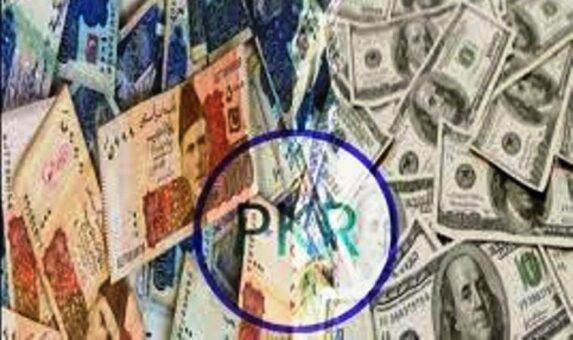KARACHI: State Bank of Pakistan (SBP) on Monday issued regulations for electronic money institutions in order to promote financial inclusion in the country.
In a statement, the central bank said that in order to foster innovation in the payments industry and promote financial inclusion in the country, it has been decided to license non-banking entities as E-Money Institutions (EMIs) as per the notified regulations under the powers conferred on SBP by Payment Systems and Electronic Fund Transfers Act, 2007.
These regulations will remove entry barriers and provide level playing field to EMIs in payment’s arena which will eventually lead to the development of payments ecosystem in Pakistan.
SBP therefore expects that the prospective EMIs shall offer convenient, cost effective, interoperable and secure digital payment products and services to end users in the country.
These Regulations shall come into force with immediate effect.
The objectives of the regulations are included:
I. To provide regulatory framework for EMIs desirous of offering innovative payment services to the general public.
II. To prescribe minimum service standards and requirements for EMIs to ensure delivery of payment services in a safe, sound and cost effective manner.
III. To outline the permissible activities that can be carried out by an EMI and its agents’ network.
IV. To provide a baseline for protection of EMI’s customers.
V. To achieve the SBP’s objective of digital payments and financial inclusion.
The SBP said that Payment Systems and Electronic Funds Transfer Act, 2007 defines e-money as monetary value stored on an electronic device or payment instrument issued on receipt of funds and accepted as a means of payment by entities other than issuer.
E-money globally is widely used for making retail payments in an economy and has played a crucial role in digitizing different types of payments in various countries.
Electronic Money Institutions (EMIs) are entities that offer innovative, user-friendly and cost effective low value digital payment prepaid instruments like wallets, prepaid cards, and contactless payment instruments including wearables.
Globally, these innovative payment instruments have been instrumental in promoting cashless payments like merchant checkouts, e-commerce, transportation and toll payments etc.
Traditionally, payment instruments in Pakistan are issued by banks without participation of non-banking entities.
New technological innovations are now enabling non-banking sector to deliver innovative and efficient payment services to consumers at much lower cost.
These regulations are primarily aimed at removing entry barriers for non-banking entities by providing them a guiding as well as an enabling regulatory framework for the establishment and operations of EMIs in Pakistan.
These regulations also address potential risks in order to ensure consumer protection in line with legal framework of the country while promoting digital payments and financial inclusion.


